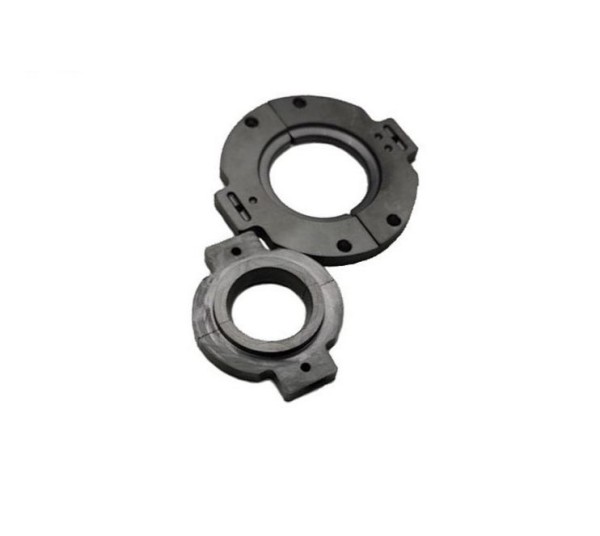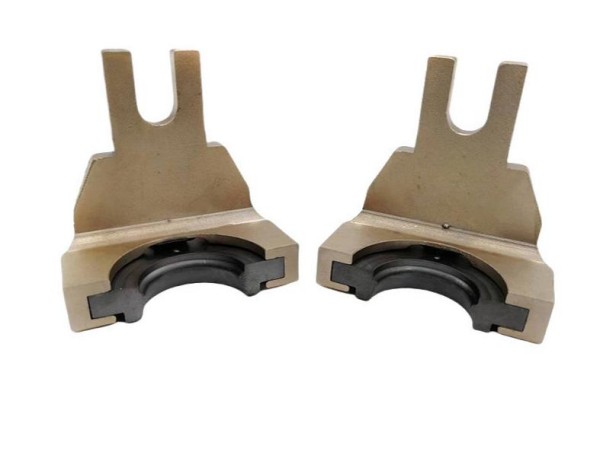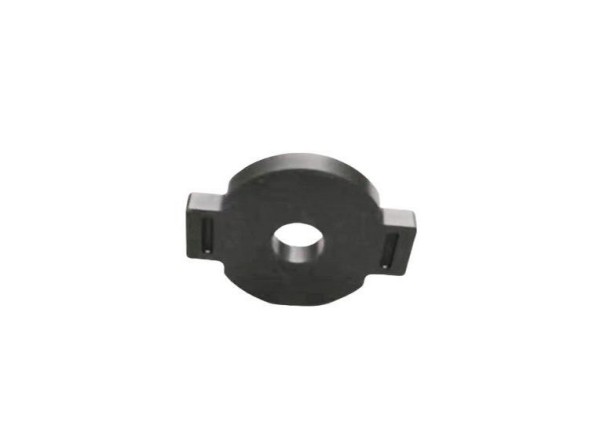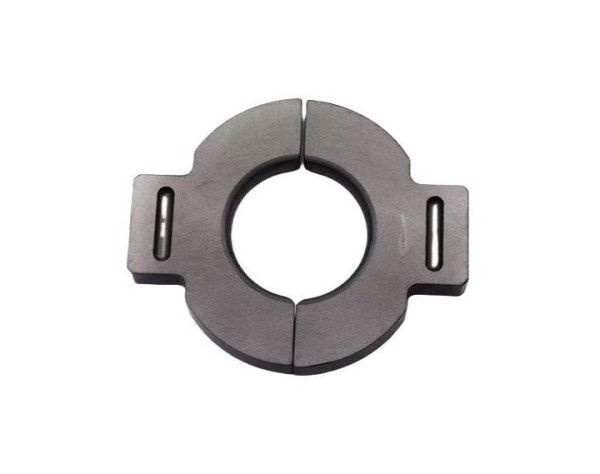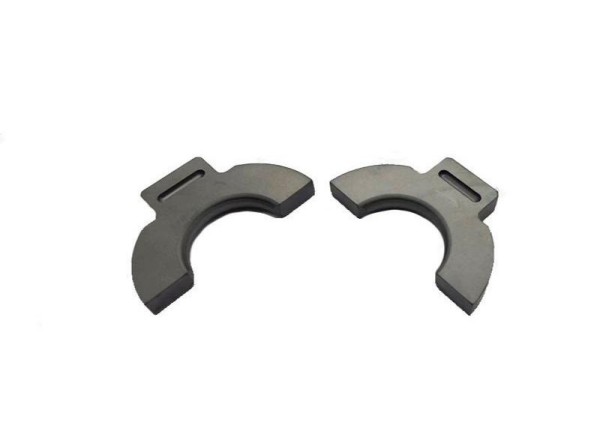Vespel products are made from a variety of materials (polyimides, thermoplastics, composites and chemically resistant polymers). These products offer a unique combination of material physical properties and design flexibility. Customized parts, conventional profiles, components or assemblies are available.
Vespel parts offer a unique combination of properties to replace metal, polyether ether ketone or ceramic parts in high temperature, highly abrasive or non-lubricated handling and transportation equipment.
Vespel parts and profiles and Delrin polyformaldehyde resins are high-strength, low-friction mechanical plastics that provide the performance needed for automotive, consumer and industrial applications.
What are Vespel parts and shapes?Vespel is the brand name for a range of high-performance plastics, primarily polyimide-based plastics.Vespel SP polyimide was developed in partnership with NASA for the Apollo space program. Over the past 50 years, the portfolio of Vespel parts and shapes has expanded to include several different grades, each with unique performance characteristics, achieved by varying the type and level of filler.
As well as different manufacturing methods for the part or shape.
Vespel parts and shapes are heat resistant, creep resistant, wear resistant and multi-chemical.
Vespel parts and shapes are used in a wide range of applications in the industry.
Vespel parts and shapes - ball valve seats and seals
Seats and seals are made of different polymers and composite systems and are used to realize
bubble-tight containment in processes with high chemical hazards and extreme temperatures.
Typically, metal-seated valves are used for valves that need to seal at high temperatures and pressures
consisting of a tungsten carbide (to 260°C) or chromium carbide (>260°C) coating on the ball and seat.
Due to the very high compression modulus of the metal (>500 GPa), it is difficult to make the valve
seal and “bubble seal” the valve. Many polymers become difficult to use due to creep
their glass transition temperatures at higher pressure levels.
